 Facebook
Facebook
 X
X
 Instagram
Instagram
 TikTok
TikTok
 Youtube
Youtube
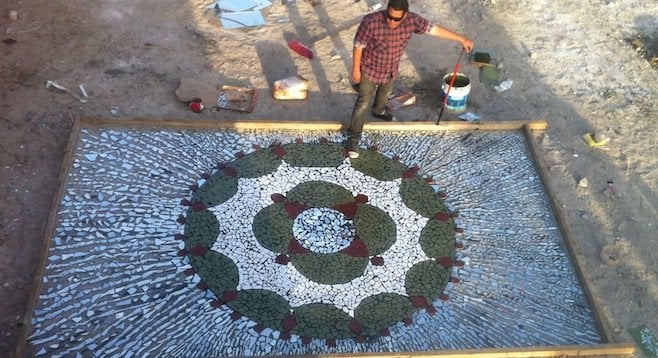
The story of Santiago Meza López is one of the most gruesome and well-known narco stories to come out from Baja.
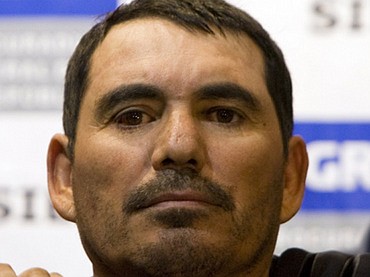
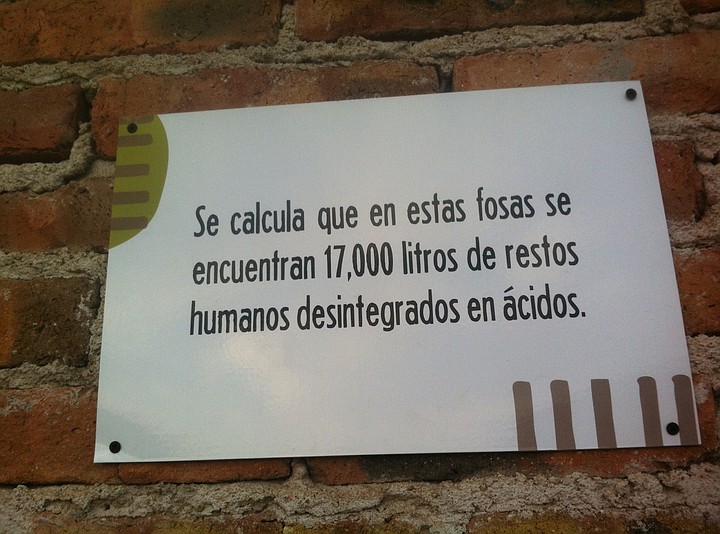
Meza earned his nickname of “El Pozolero” because he dissolved more than 300 bodies inside barrels filled with acid. Pozole is a traditional Mexican chunky soup; Meza was the soup-maker. He dumped the remains in two pits in the neighborhood of Maclovio Rojas at the eastern end of Tijuana. It's been calculated that there are over 17,000 liters of human remains dissolved in acid inside the pits; a sign at the site states as much.
The place where El Pozolero dumped his remains is known as “El Gallero,” an empty lot roughly 50 feet by 230 feet. The RECO project, which stands for reconstruir, reconocer y reconciliar (rebuild, recognize, reconcile) was finalized on February 22. The project helped transform the empty lot into a dignified place where affected families can mourn.
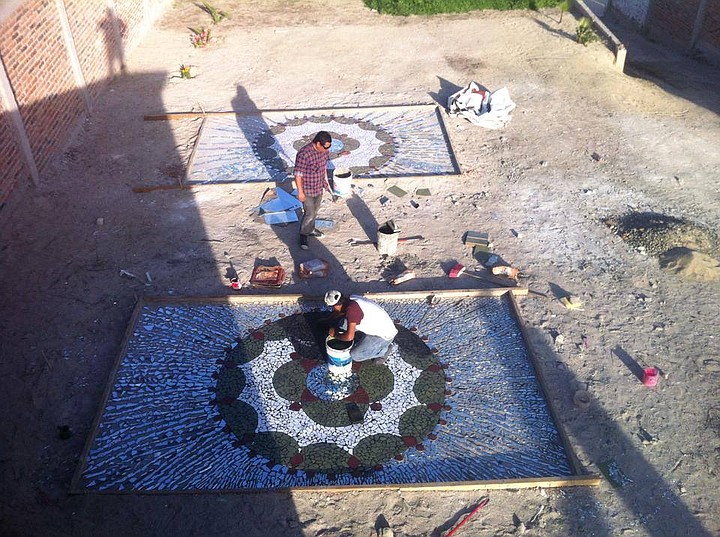
The two pits are covered with mosaic murals done by Mexicali artist Ramón García Vásquez. “This is one of the most important experiences I have had in my artistic career,” commented García. He is director of the Moving House of Culture, his ten-year-long project that brings art to remote places in Baja, such as prisons and low-income schools.
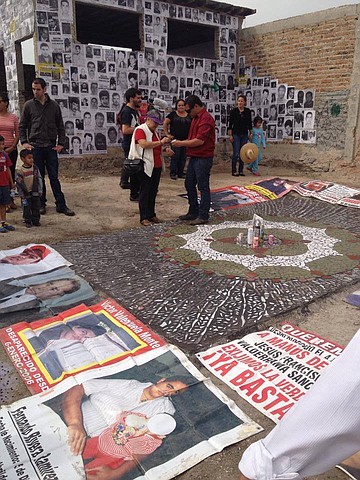
“The institute of cultural investigations looked me up because they were familiar with my murals," said García in a (transcribed) interview. "My work consisted of a mosaic mural and two mandalas to create a connection between the victims and the families of the disappeared, for them to have a place to remember their loved ones.”
It took García over a week to complete his work made entirely of cement, tile, and mirrors.
The project was made possible by Instituto de Investigaciones Culturales de la Universidad Autónoma de Baja California, Asociación Unidos por los Desaparecidos de Baja California, and the community of Maclovio Rojas.


The story of Santiago Meza López is one of the most gruesome and well-known narco stories to come out from Baja.


Meza earned his nickname of “El Pozolero” because he dissolved more than 300 bodies inside barrels filled with acid. Pozole is a traditional Mexican chunky soup; Meza was the soup-maker. He dumped the remains in two pits in the neighborhood of Maclovio Rojas at the eastern end of Tijuana. It's been calculated that there are over 17,000 liters of human remains dissolved in acid inside the pits; a sign at the site states as much.
The place where El Pozolero dumped his remains is known as “El Gallero,” an empty lot roughly 50 feet by 230 feet. The RECO project, which stands for reconstruir, reconocer y reconciliar (rebuild, recognize, reconcile) was finalized on February 22. The project helped transform the empty lot into a dignified place where affected families can mourn.

The two pits are covered with mosaic murals done by Mexicali artist Ramón García Vásquez. “This is one of the most important experiences I have had in my artistic career,” commented García. He is director of the Moving House of Culture, his ten-year-long project that brings art to remote places in Baja, such as prisons and low-income schools.

“The institute of cultural investigations looked me up because they were familiar with my murals," said García in a (transcribed) interview. "My work consisted of a mosaic mural and two mandalas to create a connection between the victims and the families of the disappeared, for them to have a place to remember their loved ones.”
It took García over a week to complete his work made entirely of cement, tile, and mirrors.
The project was made possible by Instituto de Investigaciones Culturales de la Universidad Autónoma de Baja California, Asociación Unidos por los Desaparecidos de Baja California, and the community of Maclovio Rojas.
Comments